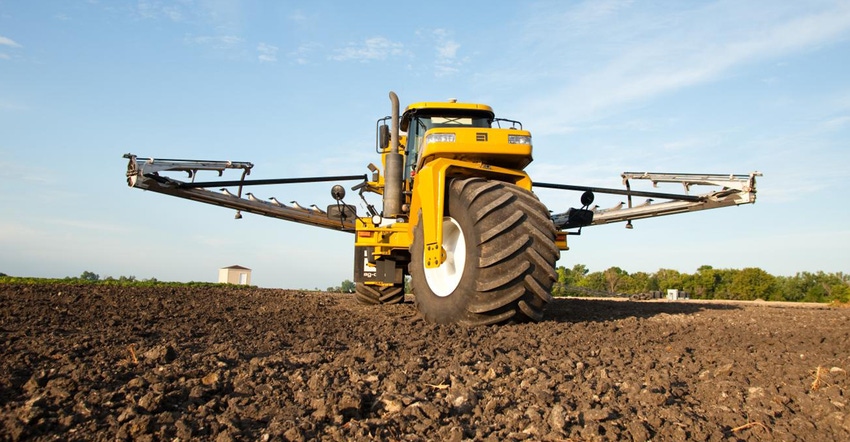November 1, 2017

Sponsored Content
As data collection and application equipment have become more "precise," farmers are finding themselves managing fields in zones and grids of ever-decreasing dimensions, all in an effort to maximize the output and return from a finite area of land and available inputs. In some cases, nutrient management decisions are being made on a "square meter" basis, a field resolution that is uncommon to traditional fertilizer application equipment and methods.
"Growers are increasingly finding the need to apply micronutrients along with their traditional applications of nitrogen, phosphorus and potassium," says Curt Woolfolk, The Mosaic Company’s senior agronomist for Western North America. "Secondary macronutrients like sulfur that are needed in lesser amounts than the big 3 [N,P,K], and micronutrients like zinc that are needed by the crop in ounces per acre rather than pounds per acre, are difficult to spread in a uniform manner with traditional fertilizer blends and spinner equipment.
"In a typical bulk blend of NPK fertilizers with micronutrients added, there will be ‘hot spots’ of micronutrients during the application, and nearby areas that remain largely deficient," Woolfolk explains. "In today’s high-yield management systems, which often call for increased plant populations, this variability makes uniform uptake of the nutrients impossible for the majority of plants in the field. Some plants will have an abundance of zinc or sulfur, while nearby plants may be deficient."
And, he says, the higher plant population in such a scenario demands fertilizer technology that can properly nourish all the plants in the field.
"As we push plant populations upward, we automatically increase stress on the crop. Soil-applied boron can really add bushels as plants undergo the stresses of today’s high-yield management systems, which requires plants to compete for sunlight and nutrients."
Woolfolk says balanced crop nutrition and adding micronutrients like boron into a grower’s soil fertility program may increase yield even though visual response, like those typically seen with nitrogen and sulfur, are not evident.
"Precision agriculture encompasses a set of tools that allow us to optimize our return on investment with crop inputs while preserving our natural resources," Woolfolk continues. "Fertilizer products such as MicroEssentials and Aspire are valuable tools in helping precision agriculture farmers provide their crops with balanced crop nutrition while practicing 4R Nutrient Stewardship (Right source, Right rate, Right time and in the Right place).
"The uniform nutrient distribution of micronutrients provided these premium products really highlights the ‘Right source and Right place’ half of that popular four-piece rule of thumb," he concludes.
To learn more about achieving balanced crop nutrition, please visit CropNutrition.com.
About the Author(s)
You May Also Like




